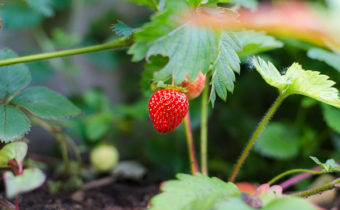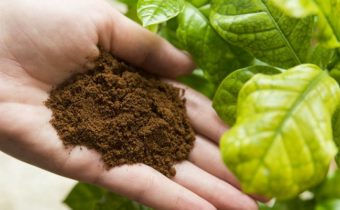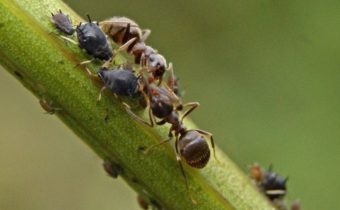We remove the stump from the dacha by chemical means

Manually remove the remnants of the stump along with the roots can not do. Requires power equipment, appliances, skills. But you can use chemical methods for the destruction of wood. They are based on the use of chemical reagents that ignite the structure, destroy. In case of incomplete destruction, subsequent chips are removed with traces of chemical elements.
Using saltpeter
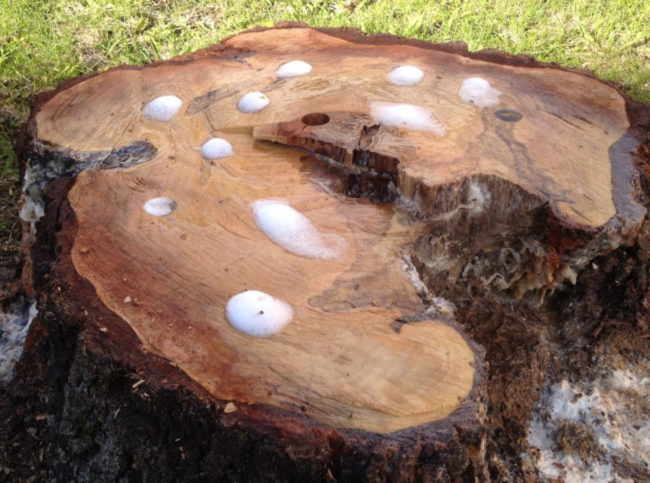
The method with the use of nitrate allows you to deal with all types of stumps. It is universal for any sites and nearby territories. Removal is more like burning out. When processing the tree becomes impregnated with a strong oxidizing agent. When burning, the upper part of the trunk is burned out, and the lower roots go deep into the ground.
The process begins with the preparation of the tree. Drill a few holes in the stump. The more of them, they are wider and deeper - the better. This can be done in late summer or early autumn. In the resulting grooves pour potassium or sodium nitrate. The recess must be filled completely to the top. After watering.
With the mortar components fall into smaller cracks and cracks, soaked them.
Holes must be closed with wooden plugs, stoppers in size. If not, you can wrap a plastic wrap. In this form, the stump should remain until next year. By the summer the wood will dry out and soak in saltpeter. Further around the stump you need to kindle a fire. It should burn until everything collapses to the very roots.
To further enhance the effect, drill another hole into which to pour fuel, for example:
- petrol;
- kerosene.
After the end of burning remove burning products. To dig up the earth, and on top to lay a new layer.
The consumption of saltpeter is 2 kg per 1 tree with a diameter of 15 cm. It is recommended to perform the procedure in the summer after the tree has completely dried. So the burnout will be complete.
The method has several advantages:
- Small preparatory work. Requires a little time and effort.
- Lets get rid of the roots. Completely clean the area in which there will be no green shoots of this tree from the roots.
Chemical methods have several disadvantages. Applied chemicals enter the soil. On the site will not be able to grow plants until the chemistry is washed away by internal waters. The process itself is long between preparation and final burning. The period from autumn to summer of next year.
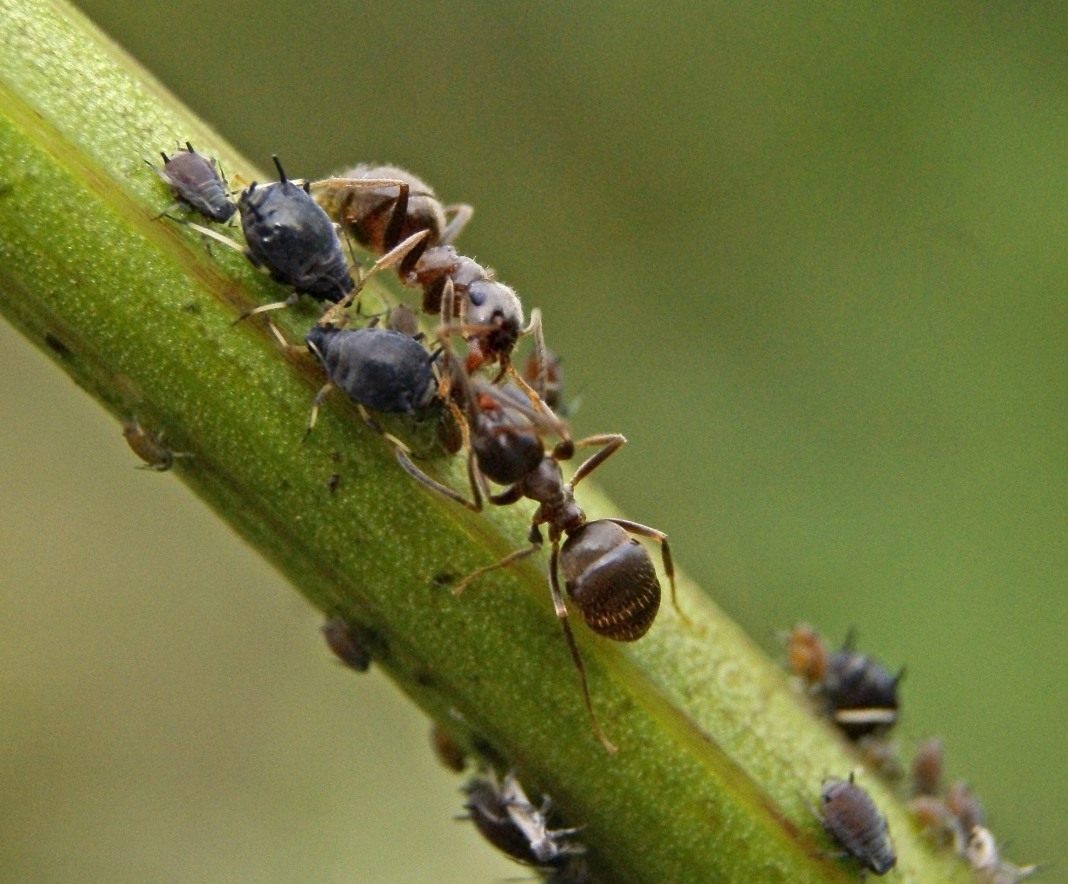
Urea and vitriol use
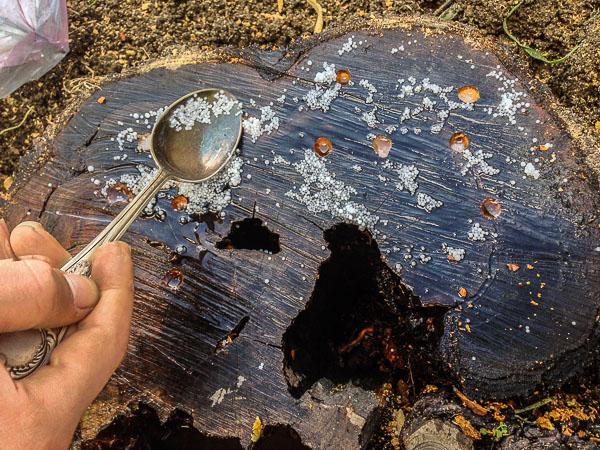
When using urea, the preparation of wood is similar. Drill holes and cover with urea (carbamide). Cover with water and cork. With hemp rotting occurs. In 1-2 years it will collapse.
The advantage of the technique is the simplicity of the procedure. Soil does not spoil aggressive substances. The resulting place is suitable for planting any plants. Of the minuses - long processing time.
With the use of copper or iron sulfate, you need to be careful, the substances are toxic. They are used to fight tree diseases. Easily kill any bacteria.
The holes should be prepared in a size of 8 mm depth of about 10 cm. Fill the grooves and pour them with water. Free space to fill with cork.Conveniently its cork made of clay, the top layer of earth. Mix with a small amount of water, bring to a homogeneous thick consistency. Fill the hole like clay, pushing deeper inside.
The root decomposes itself. The procedure starts in a few days. Complete extinction will occur in 1-2 years.
To get rid of the remnants in two ways. Physically dig up the roots, remove leftovers and level with a new layer of earth. Another way is to incinerate residues. Put firewood around and set fire to it. Ash, burning residues to remove from the site.
Cons method:
- long waiting for complete extinction;
- removal of residues is required;
- the harmfulness of chemical reagents on the soil.
The use of vitriol near iron pipes is prohibited. In the fire center will not grow plants.
Experienced gardeners recommend choosing a root removal method by uprooting. Then the plants will appear in a couple of years.
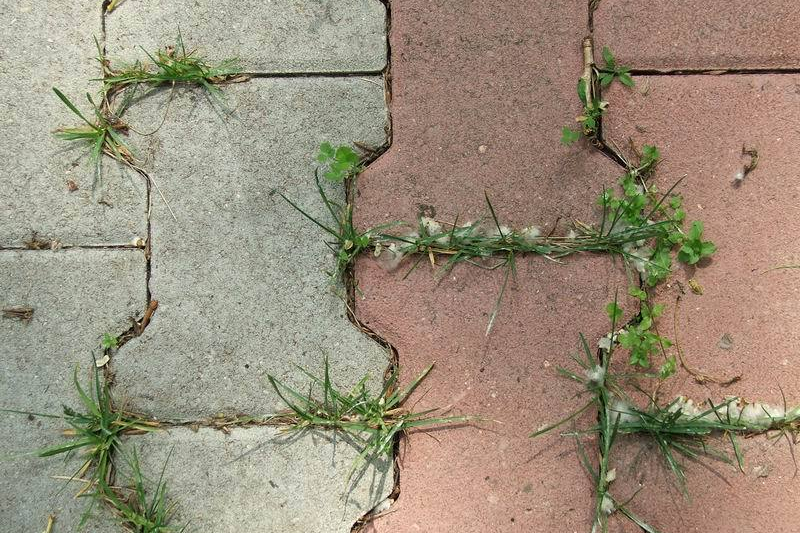
Salt

With the help of ordinary salt, you can get rid of any microorganisms and the entire root system:
- Salt fall asleep in holes, pour.
- Holes close the plug. There is a gradual extinction of a living tree.
- One stump will require 300 grams of salt. Need to fall asleep for the winter.
Further, the stump itself dies. If the top of the hemp is low, then you can completely fill the ground with the top. If the roots inside will interfere in the future, you should remove them. Can be removed by uprooting or burning with a fire.
The huge amount of salt introduced into the soil makes it unusable. Such fading is possible up to 10 years. It is advised to remove the remnants of the roots, the ashes after the fire along with some adjacent land. Next, fill the hole with a new portion.
The advantage of the method is the use of a chemical harmless to humans, its availability in any store and low cost. During the work with it chemical burns will not arise. The method is simple. Of the minuses - additional procedures are needed to remove the roots and the saline layer of the earth.
Chemical Tornado (Townund)

The most popular among summer residents method. Can be used for:
- weeds;
- shrubs;
- trees.
The procedure is simple. On the stump to cut. On it (it is possible and inside) to fill in solution of herbicide. Place the cut to wrap in the winter. The tree gradually dies off along with the roots. On average, it takes from six months to one year. Together with the root system die new shoots. Dry remains are removed from the garden.
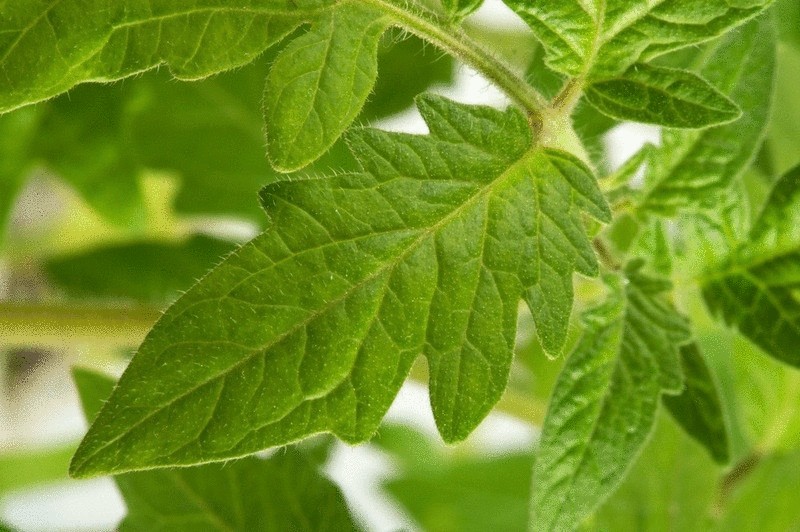
A plus method is the simplicity of preparation. Minimal risk of burns from reagents. The duration of the procedure is less than in other methods. The disadvantage is the subsequent removal of dried residues.
There are situations when the stump of chopped wood remains on the plot. The stump on the site interferes, obstructs the passage, spoils the aesthetic appearance. The remains of the tree can be turned into a designer picture, decorate, make a table out of it. It does not always fit. It is necessary to remove from the site. All methods can be divided into physical removal and chemical.


